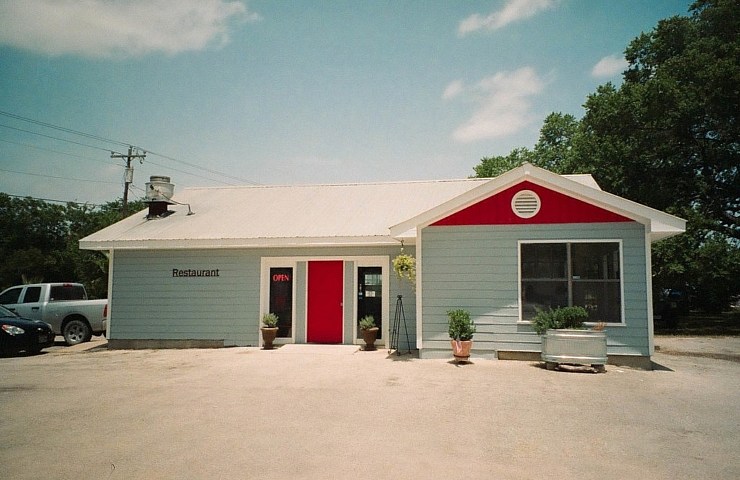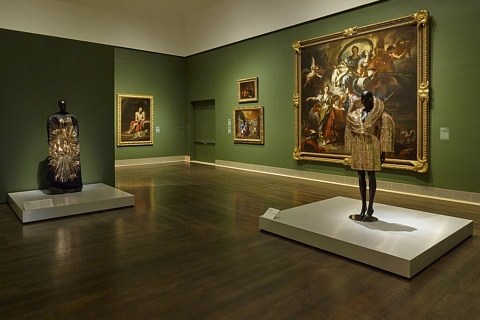So, you’ve heard the news that the antiquated style of film photography is “in” again, have you? Hey, I am right there with you, I started shooting the format about three months ago, and haven’t looked back since. In fact, it has rapidly become my “go-to” style, even with access to multiple digital cameras to shoot with.
There’s a lot of initial hesitation with shooting film – How do I know the camera will even work? Where do I even buy film? How do I even process it? Is it even worth it?
These are all valid questions, and they all went through my mind as well, so here’s what I did.
First, you need to figure out why you even want to do it. Do you have a special memory associated with film photography? Do you think it looks better than digital photography? Do you just want the clout? There are no wrong answers, because we all go into things with a different rationale.
Either way, you’ve decided why you want to do it, so let’s begin the research process. The “normal” format of film photography is 35mm, but 120mm is still a thing as well…kind of. I would argue that 35mm is much more accessible and you have a wider array of options to choose from. 35mm film is smaller, therefore film cameras setup for 35mm film are more handheld and portable than its 130mm counterparts.
Next, try to find out what camera to get. There are a lot of ways to figure this out, go based off recommendations and your own research. What I did was find out what sort of camera the film photographers I admire, Gunner Stahl and Terry Richardson, use. Turns out, they use a model called a Yashica T4. So, I did research on the model, looking at its specifics, and decided that I would like to buy it.
Once you have a model in mind, I would begin looking to obtain it locally. I called the Houston Camera Exchange and inquired about the T4, and to my surprise they had it in stock.
Once there, I was able to explain to them that this would become a new hobby of mine and asked for advice on caring for the camera as well as some film recommendations. Being that there is such a plethora of film to choose from, I suggest searching photography forums such as Flickr with the model of the film to get a general idea of the shots you will get with it. This will give you an idea on the speed of the film and model of the film that is best suited for you.
The shooting process is of of the most fun aspects; you take a shot and the anticipation to see how it turns out makes you want to finish the roll as quickly as possible. When the roll is done, you unload it from the camera, following the camera’s instructions on how to do it, that is.
Now you have your first roll shot and I bet you are dying of excitement to see what you’ve captured. But how are you going to see them? Well, I use a website called the darkroom.com where, for $11 a roll, I can have my images professionally developed and sent back to me, with my “negatives” – strips or sheets of transparent plastic film that has the image you captured. I dissuade people from going to places that do not return negatives, because if you are not satisfied with the way the processing turns out, you would not be able to take it somewhere else. If you have the negatives, then you can reprocess.
That is film photography summed up. It is something worth trying, and it’s more than fun to do. Like everything else, just do your research and you should be set.





Recent Comments